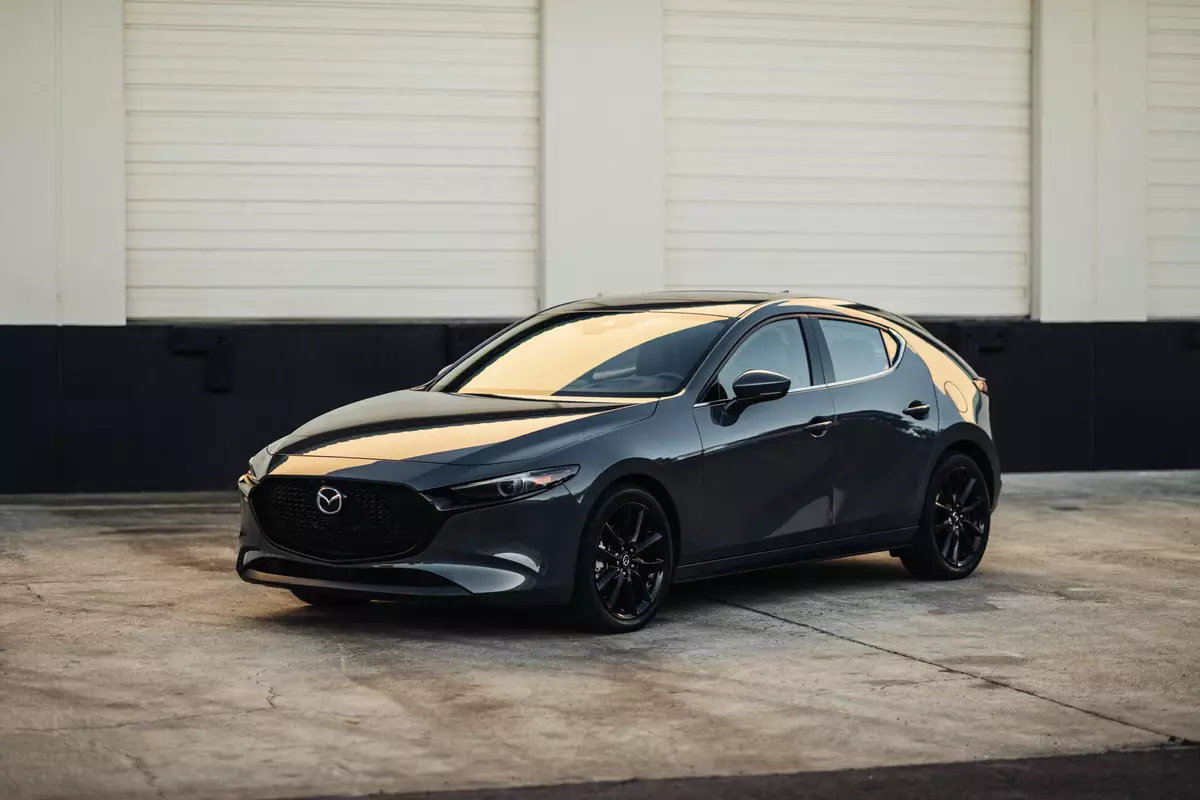IndyStar.com's view
There’s nothing quite like having a good ancestral heritage, like that of the 1995 Nissan Sentra.
Its line goes back to the original Datsun 510 in 1968, and Nissan builds on that base with the introduction of an all-new fourth-generation Sentra.
The 1995 model redefines the concept of a large car in a small package by offering small-car economies with large-car comfort, convenience and ride quality.
Offered in base, XE, GXE and upscale GLE models, the Sentra features aerodynamic styling, advanced technology and a wide array of standard safety features.
“The GLE is a new luxury model,” said Jeff Drake, general manager of Collins Nissan. “But I think our volume seller is going to be the GXE.
“The LE is going to appeal to those buyers who want all the accessories.”
Nissan really fired up its computers in developing the new Sentra, doing innumerable little things that add up to a lot of big things. Among these are the techniques used to increase the fuel economy 5 percent over the previous model.
An example is that the crankshaft journals have been given a microfinish to reduce power-robbing friction. Then there’s a reduction of piston compression rings from two per cylinder to one ring per cylinder. That cuts down on cylinder wall drag.
In addition, the engine’s compression ratio has been raised from 9.5-to-1 to 9.9-to-1. And low-roll-resistant tires, designed specifically for the Sentra, are standard on all models.
The new Sentra is one of those sedans that strives to be small on the outside and big on the inside. This was achieved through the adaption of Nissan’s newly developed “multi-link beam” rear suspension system.
The space-efficient multi-link enabled designers to extend the wheelbase 4.1 inches from the ’95 Sentra’s predecessor, yet keep the overall length essentially the same.
In fact, the new sedan actually is 0.2 inches shorter than the 1994 model. But with the suspension system’s compact size and the longer wheelbase, there’s more interior room and trunk space.
Adding this suspension system is perhaps the most dramatic change to the Sentra. First offered on the 1995 Nissan Maxima, the new suspension replaces the previous strut type.
It has increased rear leg room 1.5 inches, and rear-seat knee room 2.0 inches. There also is more foot room under the front seats.
The Sentra obviously isn’t going to have the spaciousness of a big automobile. But it’s a prime example that unless rear-seat passengers are the size of Colts linebackers, they don’t have to be jammed into the rear like sardines in a can.
The Sentra’s engine is Nissan’s high-tech double- overhead-cam four-cylinder package with 16 valves and lots of power considering its size.
You’re working with 97 cubic inches and getting 115 horsepower – up from 110 — helped in large part by the air flow created by four valves per cylinder and the relatively high engine speeds permitted with dual overhead cams. Power peaks at a rather brisk 6,000 rpm – the red- line area for a lot of push-rod/rocker-arm motors.
To give the sedan greater flexibility rather than just top-speed performance, engineering recalibrated the Nissan variable timing control system to give better torque characteristics over a wider engine speed range.
Stylewise, I wouldn’t say the new Sentra exactly breaks any new ground, as exterior body configurations are designed to be aerodynamic-friendly. But it’s a nice- looking vehicle with a wide, low front end, an enlarged greenhouse and flowing panel structures.
The co-efficient of drag has been reduced from 0.35 to 0.33, and that tends to enhance fuel economy and reduce wind noise. And the larger passenger compartment section (greenhouse) enhances head and shoulder room as well as improving visibility.
Driver ergonomics played an important role in the interior design. The instrument panel is lower. There’s more space between the door panel and the steering wheel. And all controls and switches are plac ed for maximum c onvenience.
The instrumentation and control layout are pretty much state of the art, with large analog speedometer and tachometer gauges in front of the driver and smaller fuel and temperature gauges.
In view of the fact that a five- speed manual transmission is standard, I would have liked an oil-pressure gauge, particularly with a dual-overhead cam engine that turns 6,000 rpm- plus. However, the five-speed apparently isn’t going to be the transmission of choice.
“We’ll sell more automatics (an $800 option),” Drake said, “probably on about a 70/30 ratio.”
1995 Nissan Sentra GLE Base price: $14,449.Type: Front engine, front-wheel drive, five-passenger, compact luxury sedan.Engine: 1.6-liters, DOHC, four-cylinders, 16 valves, fuel injected, 115-horsepower, 108 foot-pounds of torqque.Transmission: Five- speed manual.Mileage: 30 mpg city; 40 mpg highway,Wheelbase: 99.8 inches.Length: 170.1 inches.Width: 66.6 inches.Height: 54.5 inches.Curb weight: 2,440 pounds.Options: CD player, CD autochanger, four-speed automatic transmission, anti-lock brakes, sunroof wind deflector, carpeted floor mats, engine block heater, battery warmer, rear spoiler, splash guards.
Latest news



